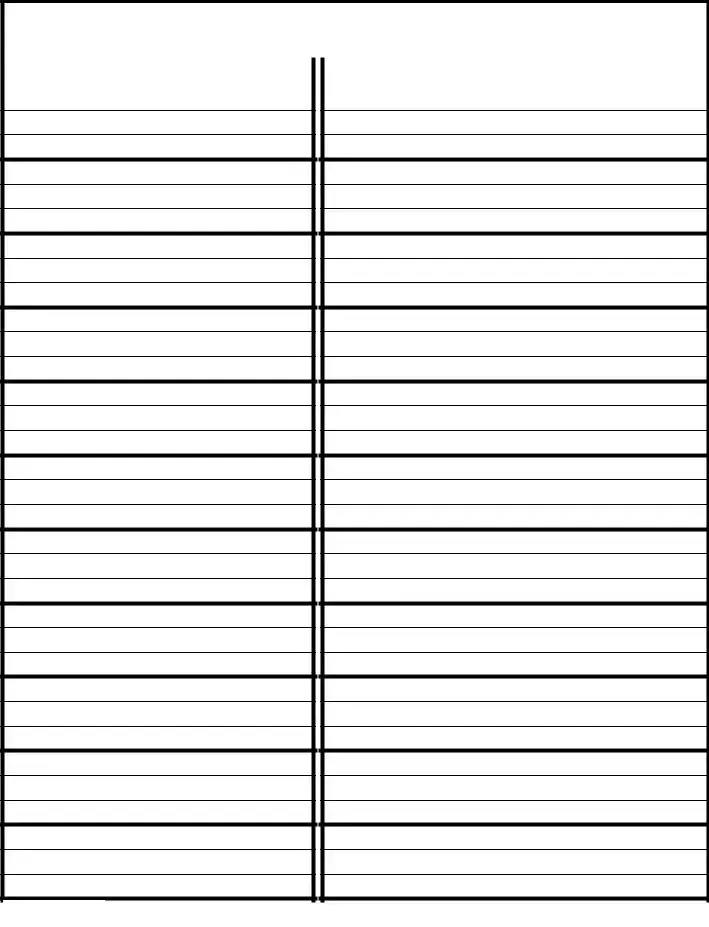What is the purpose of the Bus Seating Arrangement form?
The Bus Seating Arrangement form is designed to organize and document the seating layout of students on a school bus. This ensures safety and accountability while allowing for efficient transportation of students to and from school.
Who needs to fill out the form?
The form should be completed by the bus driver or a designated school administrator. It is important that the information accurately reflects the seating assignments for students on the bus.
What information is included in the Bus Seating Arrangement form?
The form includes sections for the driver's name, the bus number, and a detailed seating chart that specifies the seating position for up to 11 students on both the driver's and passenger's sides of the bus.
How long do we need to keep this form?
The retention period for this form is five years. It is crucial to keep records organized and accessible for audits or safety reviews during this time frame.
What should I do if a student changes their seat?
If a student changes their seat, you should update the form to reflect this change. Keeping the seating chart current helps maintain safety and ensures quick action can be taken in emergencies.
What happens if a new student joins mid-year?
If a new student joins the bus during the school year, their information should be added to the form as soon as possible. They will need a designated seat, and the change should be documented to maintain an accurate record.
Is there a specific format for completing the form?
The form should be filled out clearly and legibly. Each seat number should correspond to the correct student. Ensure that all required fields, like the driver's name and bus number, are completed before submitting the form.
Who can I contact if I have questions about the form?
If you have questions or need assistance with the Bus Seating Arrangement form, feel free to reach out to your school administrator or the transportation department. They can provide guidance and support as needed.

